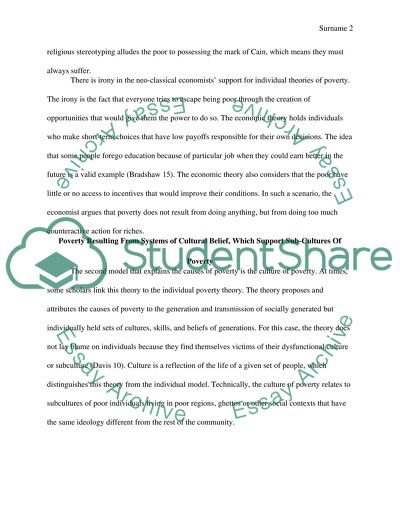Cite this document
(“Relationship between class inequalities and inheritance of poverty Research Paper”, n.d.)
Relationship between class inequalities and inheritance of poverty Research Paper. Retrieved from https://studentshare.org/sociology/1685704-relationship-between-class-inequalities-and-inheritance-of-poverty
Relationship between class inequalities and inheritance of poverty Research Paper. Retrieved from https://studentshare.org/sociology/1685704-relationship-between-class-inequalities-and-inheritance-of-poverty
(Relationship Between Class Inequalities and Inheritance of Poverty Research Paper)
Relationship Between Class Inequalities and Inheritance of Poverty Research Paper. https://studentshare.org/sociology/1685704-relationship-between-class-inequalities-and-inheritance-of-poverty.
Relationship Between Class Inequalities and Inheritance of Poverty Research Paper. https://studentshare.org/sociology/1685704-relationship-between-class-inequalities-and-inheritance-of-poverty.
“Relationship Between Class Inequalities and Inheritance of Poverty Research Paper”, n.d. https://studentshare.org/sociology/1685704-relationship-between-class-inequalities-and-inheritance-of-poverty.


